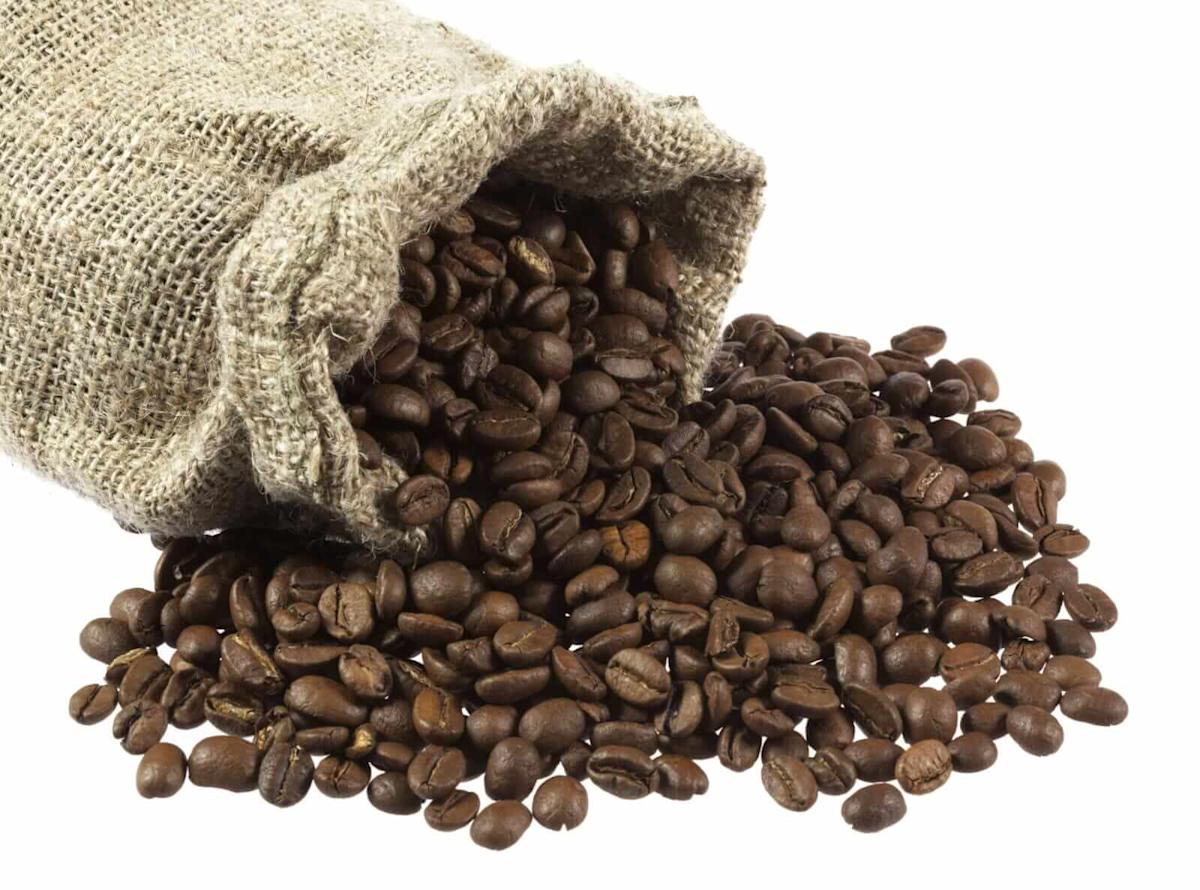Coffee Market Volatility: Price Drops Amid Tariff and Harvest Concerns
- Small Town Truth

- Aug 6
- 3 min read

Coffee markets are currently experiencing volatility, with significant drops in prices for both arabica and robusta coffee varieties. As of today, September arabica coffee (KCU25) has decreased by $5.30, or 1.77%, while September ICE robusta coffee (RMU25) is down by $13, or 0.38%. Tariff Concerns Add Pressure The ongoing uncertainty surrounding tariffs, particularly the 50% tariff imposed on Brazilian coffee exports, is contributing to this decline. Without an exemption for coffee, sales prospects for Brazilian coffee in the United States could diminish, potentially leading to an increase in Brazil’s coffee inventory levels. Export Data and Conditions in Brazil Adding to the bearish outlook, the International Coffee Organization (ICO) has reported a notable rise in global coffee exports, with June showcasing a 7.3% year-over-year increase to reach 11.69 million bags. However, cumulative figures from October to June indicate a slight drop of 0.2%, totaling 104.14 million bags. On a more positive note for coffee prices, Brazil has been experiencing below-average rainfall, particularly in Minas Gerais, the country's largest arabica coffee region. Recent data from Somar Meteorologia highlighted that the area saw only 2.7 mm of rain during the week ending August 2, marking just 31% of the historical average. Inventory Trends and Harvest Progress Arabica coffee prices may also benefit from a reduction in inventories. The ICE report showed that arabica coffee stocks have fallen to their lowest level in 14.5 months, with 754,516 bags recorded on Tuesday. In contrast, robusta inventories have increased, reaching a one-year high of 7,029 lots. As the Brazilian coffee harvest progresses, it is exerting additional downward pressure on prices. Cooxupe, Brazil's leading coffee cooperative, announced that as of August 1, they had completed 74% of their harvest. This is part of a broader trend, with Safras & Mercado reporting that, as of July 30, Brazil’s overall coffee harvest for 2025/26 had reached 90% completion, surpassing both last year’s 87% and the five-year average of 84%. Market Trends and Future Projections Price trends have shown a retreat over the last three months in response to expectations of ample coffee supplies. The USDA's Foreign Agricultural Service (FAS) projects a slight increase in Brazil's coffee production for 2025/26, estimating a 0.5% rise to 65 million bags, while Vietnam’s production is anticipated to soar by 6.9% to a four-year high of 31 million bags. Additionally, Brazil's June green coffee exports recorded a stark decline, with a 31% year-on-year drop to 2.3 million bags, as reported by Cecafe. Exports of arabica coffee fell by 27% to 1.8 million bags, and robusta exports sharply decreased by 42% to 476,334 bags. Vietnam has faced its own challenges, with a reported 20% decrease in coffee production for the 2023/24 crop year due to drought, resulting in the smallest harvest in four years. Despite these setbacks, some positive news emerged, with Vietnam's January to June 2025 coffee exports up by 4.1% year-on-year to 943,000 metric tons. Global Coffee Production Outlook The USDA's recent biannual report painted a bearish picture for coffee prices, predicting a global coffee production increase of 2.5% for 2025/26 to reach a record 178.68 million bags. This includes a forecasted decrease in arabica production by 1.7% to 97.022 million bags, while robusta output is set to increase by 7.9% to 81.658 million bags. Ending stocks are expected to rise by 4.9%, reaching 22.819 million bags. Furthermore, Volcafe anticipates a growing arabica coffee deficit, projecting
.png)